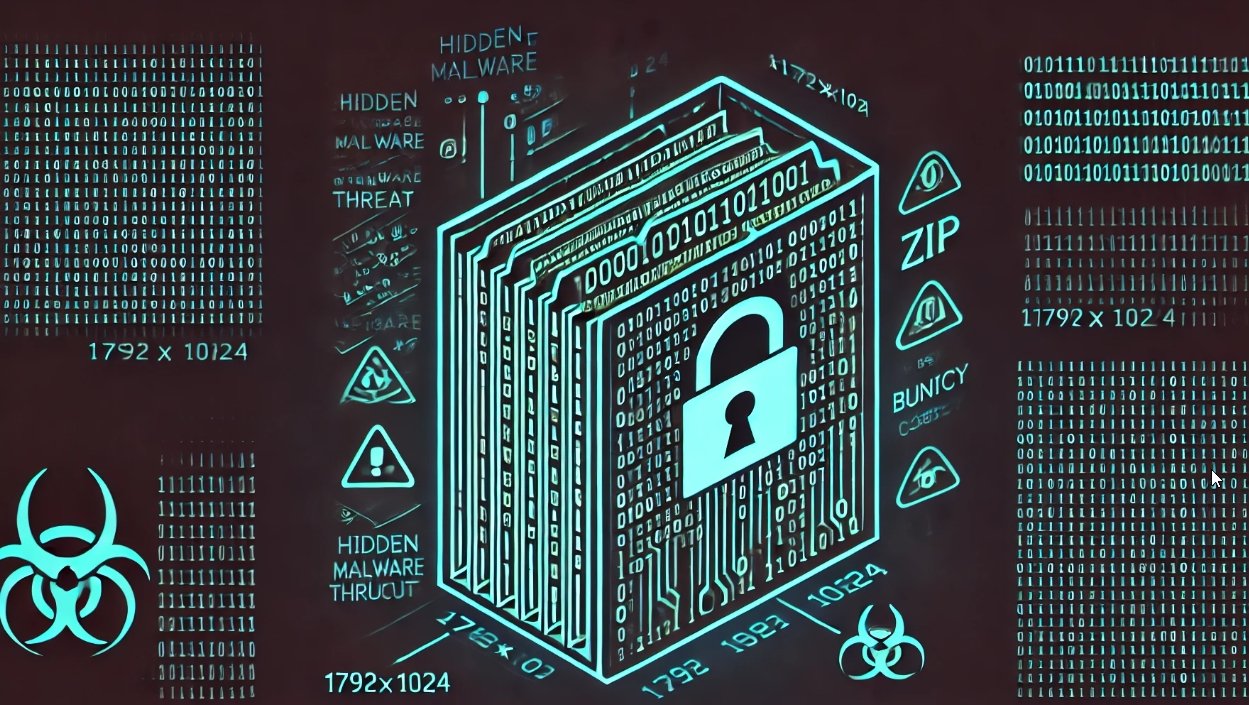
In recent years, there have been increasing amounts of cybersecurity threats that continue to evolve and pose risks to consumers. Bring real-time ransomware detection to your cybersecurity stack to help keep your important files protected.
Ransomware Explained
Ransomware is a malicious software that locks up a user’s files with encryption and demands payment in exchange for the decryption key. It is important to have real-time detection capabilities in place to prevent ransomware attacks from causing irreparable damage to your organization’s data.
In recent times, these ransomware attacks have become more sophisticated and advanced. It is essential to take proper steps to prevent, combat, and recover from a ransomware attack, as the outcome of a cyberattack can be catastrophic. Ransomware can lead to severe data loss, operational disruptions, financial damages, and perhaps most importantly, damage to the image of the company.
New techniques are adopted by cybercriminals, such as double extortion, where the attackers encrypt important data and then expect a ransom to be paid in exchange for not leaking it. This is why ransomware protection is a top priority in the cybersecurity world.
The Importance of Real-Time Encryption Detection
Traditional means of protecting yourself against cyberattacks, such as a firewall or antivirus software, are no longer able to keep up with the ever-evolving advancements in cyber threats.
Real-time encryption detection is crucial in identifying ransomware attacks early on and minimizing the impact on your organization’s data. By continuously monitoring for suspicious activity, you can quickly respond to any potential threats and protect your sensitive information from being compromised.
The key benefits of using real-time encryption detection are:
- Behavioral analysis: By analyzing patterns of behavior within your network, real-time encryption detection can identify abnormal activity that may indicate a ransomware attack.
- File integrity: Real-time encryption detection can ensure the integrity of your files by detecting any unauthorized attempts to encrypt or modify them.
- Anomaly detection: By using anomaly detection, real-time encryption detection can also pinpoint unusual behavior that may be indicative of a security breach.
- Automated response: Automated response capabilities can quickly isolate and contain any potential threats, minimizing the impact on your network.
- Comprehensive reporting: This provides detailed insights into the detected threats and security incidents.
The Importance of Ransomware Recovery
Ransomware recovery is important because even with encryption detection and automated response capabilities, ransomware attacks can still occur. In the event of a successful attack, having a robust ransomware recovery plan in place is crucial to minimize downtime and data loss.
A well-planned ransomware recovery plan includes regularly tested and updated backups—these backups should be kept offsite to ensure that they remain untouched in the event of a cyberattack—recovery processes and workflows, and trained staff.
Restoring clean data with minimal losses is a key to getting back to business.
Final Words
It is no secret that cyberattacks are here to stay, and as time goes on, they will continue to become more sophisticated and dangerous. Therefore, it is essential for businesses to stay vigilant and continuously update their cybersecurity measures to protect against evolving threats. By bringing real-time ransomware detection to your cybersecurity stack, you can minimize the impact of ransomware attacks with a swift response and recovery, and therefore ensure business continuity.

Information security specialist, currently working as risk infrastructure specialist & investigator.
15 years of experience in risk and control process, security audit support, business continuity design and support, workgroup management and information security standards.










